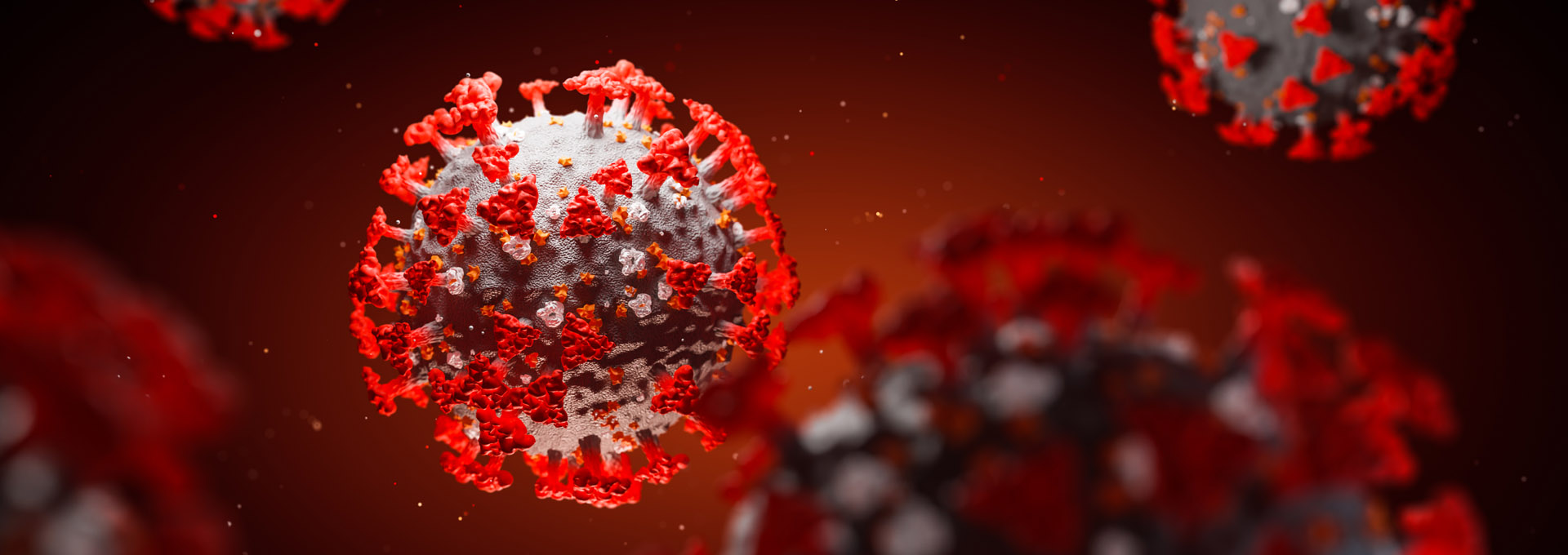Guest Editorial: A Report on the COVID-19 Situation in India

A large and densely populated country faces a different set of challenges as compared to sparsely populated countries. Despite being the world’s second most populous country, with more than 1.3 billion people, as of March 20, India has reported single digit deaths due to novel coronavirus, while 185 cases were being critically monitored at that time (1). The question that remains unanswered is why COVID-19 is lying low with its spread. While this could be because of some preemptive measures taken by the governmental agencies, it could also be due to the following reasons:
A big push on Social Distancing: India began implementing preventive measures to curb the spread of the disease not long after reports surfaced in Wuhan. This includes closing schools/educational institutions and other nonessential facilities. Although social distancing is alien in the country, a self-imposed social isolation (janta-curfew) has been the recommendation of the Indian prime minister from 7 a.m. to 9 p.m.
Religious tourism, weddings and large gatherings: potential coronavirus clusters in India: Places of religious gathering such as temples, mosques and churches can be clusters for coronavirus transmission (2). Religious tourism is popular in India, making tourist attractions and community gatherings on account of celebrating festivals huge. One popular Hindu religious organisation that runs temples attracting foreign devotees, is reported to have advised foreigners from coronavirus-affected countries not to visit for two months as a precautionary measure (2). The city of Agra, the location of the Taj Mahal, is another must-visit-site for tourists, has also implemented protective measures. Many local temples, mosques and churches have taken proactive measures by cancelling scheduled rituals. Another potential coronavirus cluster are the innumerable weddings/social gatherings where the guest counts run from few hundreds to more than a thousand.
Some of the preventive measures include closure of educational institutes, shopping malls, gyms, movie theaters and swimming pools (1). While offices have moved onto adopting work-from-home approaches, there also have been organizations that have asked employees to take unpaid leave. Some companies have begun limiting offshore travel of employees, and some have refused to sign new contracts with offshore options. Although public transportion has not been shut down, the number of people travelling and those using public transport has dwindled.
Entry into the country: India announced the cancellation of existing e-visas issued to all foreign nationals from China in February, and advised citizens to avoid travelling to China (1). That was just the beginning; restrictions followed for a host of countries. As a country, a mandate for universal screening at the entry ports (land borders, 12 major sea ports and 65 minor seaports) from the first week of March has helped contain the outbreak.
Approved treatments for patients in India: The combination cocktail drug therapy of lopinavir and ritonavir has been approved by the Drug Controller General, in the event there is a public health emergency.
Labs testing for coronavirus in India: The National Institute of Virology (NIV) and 52 other laboratories under the Indian Council of Medical Research’s (ICMR) Viral Research and Diagnostics Laboratories network are equipped to test up to 25,000 samples (2). The Indian government is in the process of adding more coronavirus testing laboratories in the country. Still, the speed of testing could be overwhelmed by the speed of multiplication of this deadly virus of unknown origin.
Still, there will be impact within the country. Coronavirus is expected to present both opportunities and challenges to Indian industries, pharmaceutical manufacturers, being the easiest target. The initial impact on trade is estimated to be U. S. $348 million, however, with the dynamic nature of the virus, it virulence and spread, these figures are expected to climb (3).
All said and done, all of us in the country wait with abated breath on which direction our country’s wellbeing will go, mindful of the country’s sheer size, and density of population. The fight for survival is on with a belief that what does not kill makes one stronger as the saying goes!
References
- Charlton, E., “This is how India is reacting to the coronavirus pandemic.” World Economic Forum. (March 18, 2020) https://www.weforum.org/agenda/2020/03/quarantine-india-covid-19-coronavirus/
- Vasanthi, V. “Coronavirus in India: how the COVID-19 could impact the fast-growing economy.” Pharmaceutical Technology (March 26, 2020) https://www.pharmaceutical-technology.com/features/coronavirus-affected-countries-india-measures-impact-pharma-economy/
- “Coronavirus & its impact on various sectors.” Economic Times (March 5, 2020) https://economictimes.indiatimes.com/markets/stocks/news/coronavirus-its-impact-on-various-sectors/covid-19-impact/slideshow/74490812.cms



 Ivy Louis is founder and director of Vienni Training and Consulting, an organization that builds excellence through training and consulting, while working with people and processes.
Ivy Louis is founder and director of Vienni Training and Consulting, an organization that builds excellence through training and consulting, while working with people and processes.